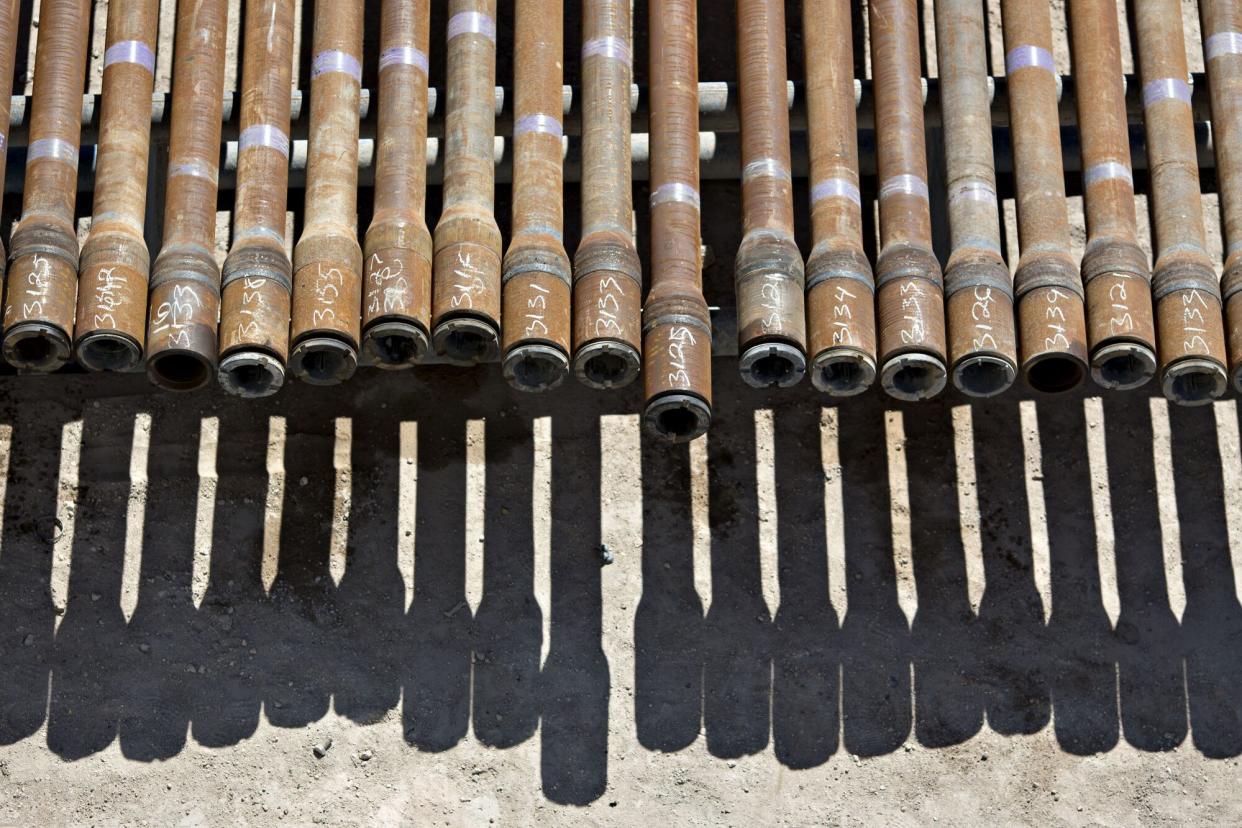Shale-Oil Drillers Are Running Out of Places to Put Toxic Wastewater

(Bloomberg) -- Oil drillers in North America’s biggest shale field are running out of easy places to dispose of toxic saltwater that gushes out of wells alongside crude.
Most Read from Bloomberg
Debt-Limit Talks Resume After Optimism Curbed by GOP Walk-Out
McCarthy Puts Debt-Limit Talks on ‘Pause’ as Clock Ticks Down
Zelenskiy’s Surprise G-7 Stop Unnerves Critical Brazilian Leader
Zelenskiy Meets With India’s Modi on Sidelines of G-7 Summit
So-called disposal wells where oil companies have long stowed wastewater in the Permian Basin are seeing increasing pressure buildup, limiting their capacity to accept more water, according to industry data provider B3 Insight.
It’s a critical issue for the industry because shale producers can’t drill new wells without somewhere to bury wastewater that can be 10 times saltier than the sea. In addition, disposal wells have been linked to the increasing frequency of earthquakes in Texas, Oklahoma and other oil-rich states because they can intersect with natural geological fault lines.
Read More: West Texas Hit by Largest-Ever Quake, Rattling Oil Region
The Texas Railroad Commission, which regulates drilling in the largest US oil state, in December announced cuts to water disposal in certain areas after a 5.4-magnitude quake rocked the region.
“We are one earthquake away from having a whole different dynamic” in the shale sector, Railroad Commissioner Jim Wright told the Oilfield Water Markets Conference in Fort Worth this week. Drilling will “come to a screeching halt” unless the industry develops “seismic-resilient” disposal techniques or alternative uses for the 16 million barrels (672 million gallons) of wastewater injected underground in the Permian region on a daily basis.
The water-recycling sector only has the capacity to process about 30% of the waste flows for reuse in fracking, Amanda Brock, CEO of Aris Water Solutions, told the conference.
The sheer volume of wastewater is “challenging the industry,” she said.
Long-term, the solution may lie in developing technology for cost-effectively cleaning the wastewater so that it can be diverted into agricultural uses such as irrigating cotton fields. But for now, more water pipelines and more disposal wells will be needed, Kelly Bennett, chief executive officer of B3, said during the conference.
“Pressure is stressing out the basin,” he said. “There’s just a big wave of water that we’re going to have to manage in the future.”
(Adds Texas Railroad Commissioner’s comments in fifth paragraph.)
Most Read from Bloomberg Businessweek
ESG Investing Goes Quiet After Blistering Republican Attacks
Japan’s New Military Might Is Rising in a Factory in Hiroshima
©2023 Bloomberg L.P.



